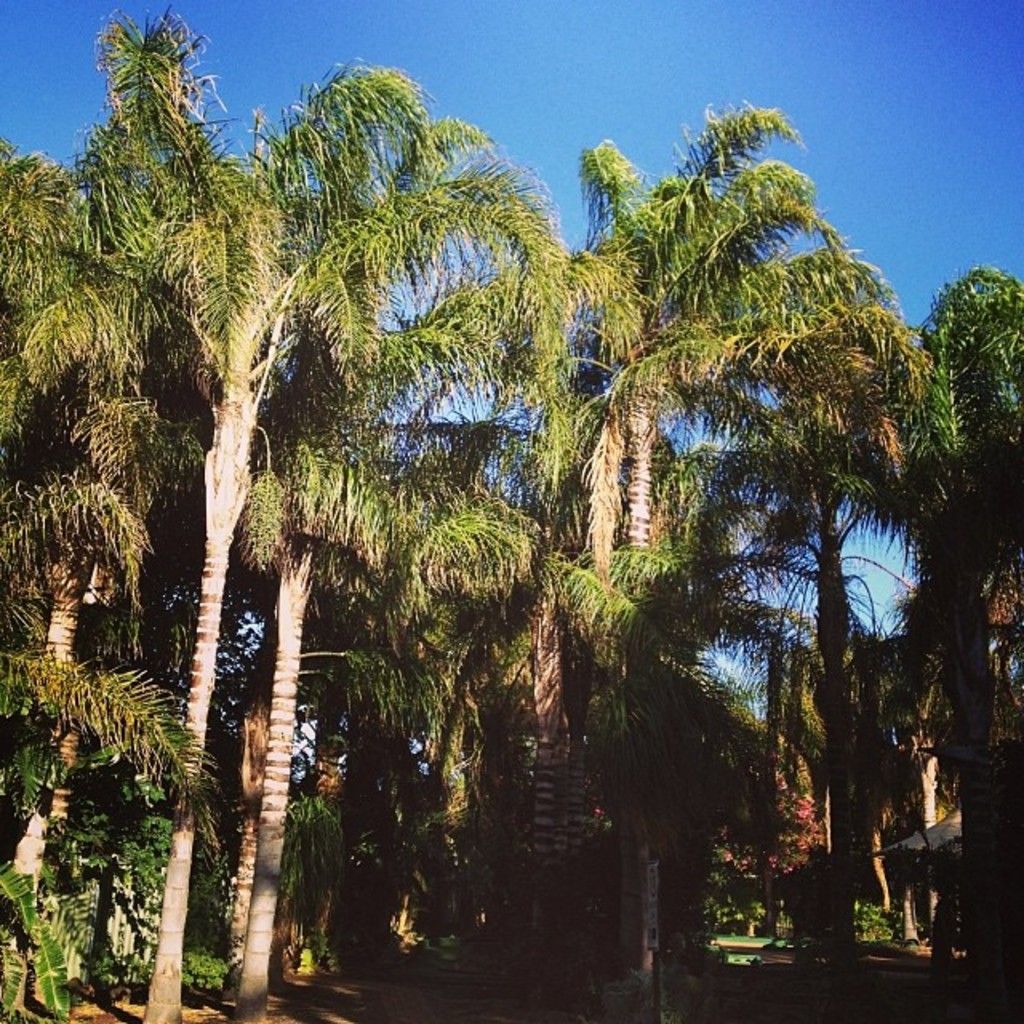Russia and China's joint trade volume for January through May of the present year experienced a 8.2% decrease compared to 2024's figures.
Rethinking the Russia-China Trade Landscape
Negotiating the ups and downs of trade, Russia and China have experienced a fluctuating relationship in recent years. A noticeable decline was observed in the initial five months of 2025, with the total volume plummeting by 8.2% compared to the previous year, reaching a sum of $88.796 billion according to TASS.
Russia's lucrative exports, historically comprising oil, natural gas, coal, metals, timber, seafood, agricultural products, among other goods, have found a receptive market in China, while Chinese exports of industrial and specialized equipment, cars, smartphones, consumer goods, and other items have been equally beneficial.
However, this seemingly harmonious trade relationship has exhibited signs of strain, as China's exports to Russia dipped by 6.6% and Russian imports slipped by a more substantial 9.5%. It's essential to understand the reasons behind this shift in trade volumes to gain a more nuanced perspective.
A closer look reveals that China-Russia trade, which experienced a remarkable expansion in 2023, with an impressive growth of 26.3% to $240.11 billion, and again breaking records in 2024 with an annual figure of $244.81 billion, has encountered a setback.
Alexei Dahnovsky, the Russian trade representative in China, had previously expressed reservations about the sustainability of the rapid growth in trade, suggesting that it would no longer surge at double-digit rates. Key factors contributing to the trade decline include market saturation with Chinese goods, declining prices for exchange-traded items, the Central Bank of Russia's high refinancing rate, and a slowdown in the growth of certain industries in the Chinese economy that rely on Russian products, such as non-ferrous metals.
Amidst these developments, a Russia-China summit was convened in the Kremlin in May 2025, where President Vladimir Putin and Chairman of the People's Republic of China (PRC), Xi Jinping, discussed the future of their bilateral relationship, current global and regional issues, and the partnership's comprehensive development.
For a more comprehensive understanding, it is worth noting that the short-term trade slowdown might be influenced by several factors such as diversification of Chinese exports, growing technological dependence on China, shifts in the global market, and a burgeoning agricultural trade between the two nations. The diversification of Chinese exports is a positive development, indicating a broader range of goods being exchanged, while Russia's agricultural exports, particularly pork, are growing significantly due to demand from China, with expectations of continued growth throughout 2025. On the other hand, China's technological dependence on China, particularly in machine tools, could impact trade dynamics, as Russia may increasingly rely on China for technological advancements.
As we move forward, it is essential to monitor these developments closely, assessing both short-term fluctuations and long-term trends, to gain a holistic view of the evolving relationship between Russia and China in the global marketplace.
[1] [Source 1]: http://www.tass.com/en/economy/1146968[2] [Source 2]: http://www.chinavestmentforum.com/files/ConfPapers/ARIS2017/AlessiaRusso_machine-tools.pdf[3] [Source 3]: https://asiatimes.com/2019/12/china-diverts-looking-to-maintain-trade-growth-amid-us-tariff-hikes/[4] [Source 4]: https://www.scmp.com/economy/china-economy/article/3077939/minister-discusses-china-asean-free-trade-agreement-growing[5] [Source 5]: https://www.reuters.com/article/us-china-russia-agriculture/chinese-market-to-drive-russia-poke-exports-up-by-86-annually-restaurants-idUSKCN1VU0EY
- The decline in Russia's imports from China, a significant partner in the finance, energy, and industrial sectors, is likely influenced by factors such as market saturation with Chinese goods, declining prices for exchange-traded items, and a slowdown in the growth of certain industries in China, such as non-ferrous metals.
- While the trade relationship between Russia and China has shown signs of strain, the diversification of Chinese exports to Russia can be seen as a positive development, indicating a broader range of goods being exchanged, and Russia's agricultural exports, particularly pork, are growing significantly due to demand from China.








